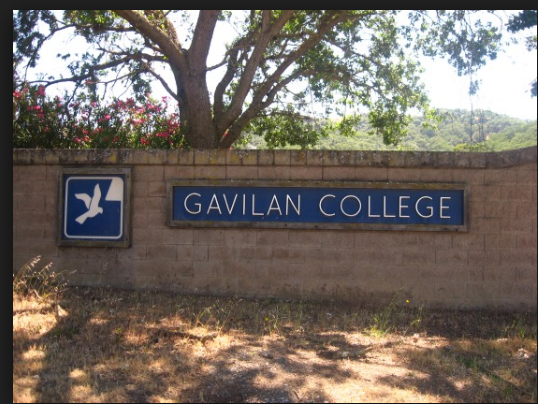It’s been three years since the board of directors of California’s 113 community colleges enacted its “if we don’t build it they won’t come” policy, and the results are plain depressing.
In an effort to save money, the directors decided to prohibit students from repeating classes they’ve already taken, which to a bean counter might sound like a great way to cut expenses, but to someone who believes that the community should have access to community colleges, it’s plain stupid.
Known as the “yoga mom’s regulation,” board members thought that too many community members were taking physical education, yoga and arts courses for $100 a semester, when they should be paying that each week to take courses in the private sector.
So, cut they did and some 200,000 students who went to the schools for lifelong education dropped out. In the words of California Community Colleges Board of Governors President Scott Himelstein:
“Budget cuts have forced us to ration education, and we are currently turning away hundreds of thousands of students from our campuses that want to pursue a degree, transfer to a four-year university or get job training so they can get back into the workforce or advance in their current career. It doesn’t make sense for us to allow students to take the same physical education course four times on the taxpayer’s dime while we are closing our doors on those looking for a degree or seeking job skills.”
The problem is having to “ration education” at colleges that are supposed to serve the whole community.
Himelstein says the taxpayers shouldn’t have to pay for people repeating courses, but the taxpayers are the same people who want to repeat the courses and continue learning for life and refining their skills, whether they are in music, arts, writing or yoga. They are already paying for them, often generously, by passing big ticket bonds to keep the education flowing.
Attendance at Gavilan College has dropped since the cutbacks from a high of 9,064 in 2009 to 6,152 in the current semester. Some of the cuts include all of the non-credit courses for seniors, which were once the definition of a diverse college serving the entire community.
And students at all of the schools aren’t happy with the limits. The public college system was one of the greatest things about California and now officials are letting it go to seed.
Be warned: voters in some communities are starting to rebel. Santa Cruz taxpayers, who usually approve every bond measure the community district asks for, turned down a $310 million measure to improve old buildings at Cabrillo College. Who can blame them? Why add more to your tax bill when the school has closed its doors to you? You can use the money on private classes, as the state community college board suggests.
We see this as the beginning of the end of one of the greatest educational systems in the world, unless voters get involved and urge their local districts to restore the lifelong learning opportunities that they had.
The academic senate at Victor Valley College passed a resolution asking the state to return to the way it was, claiming that lack of repeatability “severely limits” the ability of students of visual and performing arts build the portfolios they need to transfer.
The limits were put in place when schools were turning away students, but that isn’t the case now, they said. They are asking the state to restore programs that contribute to a skilled progressive workforce, “fostering a creative, innovative citizenry, capable of critical thought; promoting community, vision, health and lifelong learning; nourishing a diverse, multi-generational context in which all Californians can learn and grow.”
The economy has improved since the dire times of the Great Recession. It’s time to stop the severe austerity and make our community colleges great again.













